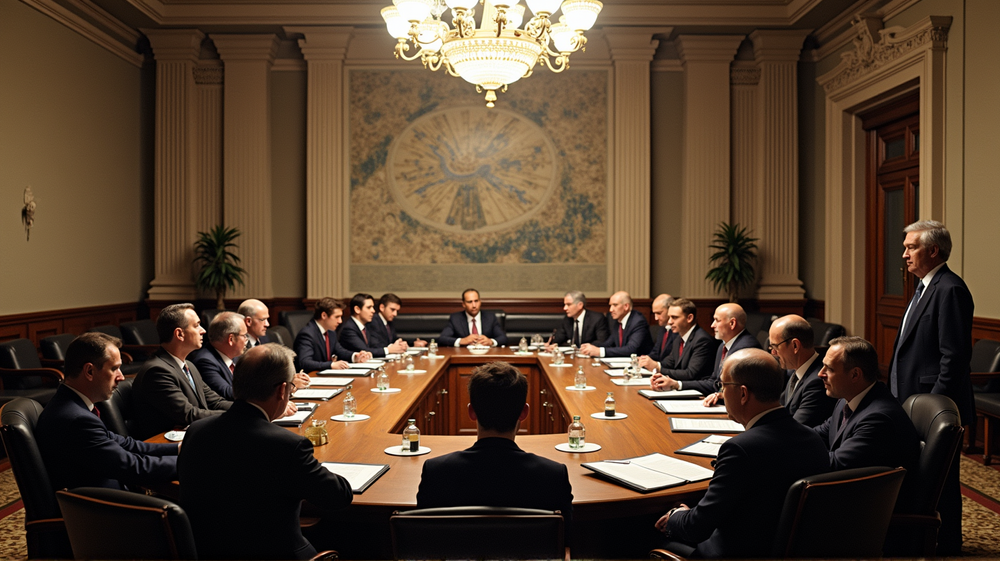US Federal Reserve Defies Trump's Calls for Rate Cuts Amid Economic Tensions
The Federal Reserve has once again found itself in the midst of a challenging economic maneuver, as it decides to leave its benchmark rate unchanged despite rising tensions. As pressure mounts from President Donald Trump, who has openly criticized the Fed’s chair, Jerome Powell, the decision reflects the complexities of economic stabilization in an uncertain landscape.
Economic Stability vs. Presidential Pressure
Wednesday’s announcement by the Fed maintains its short-term rate between 4.25 and 4.5 percent. This choice, while expected, comes under a cloud of economic signals that reveal both stability and instability: a steady yet unremarkable labor market, fluctuating retail sales, and the shadow of tariff policies impacting consumer prices. As stated in Al Jazeera, decision-time at the Fed closely mirrored an economic balancing act.
Economic Signs: Retail and Jobs Supervision
Retail numbers falling more than anticipated and a significant jobless claim rise can signal caution for policymakers. However, a steadiness in unemployment suggests underlying resilience, a fact the Fed emphasizes as it seeks a 2 percent inflation target over the long haul. “Uncertainty about the economic outlook has diminished but remains elevated,” the central bank avowed.
Powell vs. Trump: A Closer Look
President Trump, not one to shy away from criticism, dubbed Powell as “too late Powell,” reflecting frustration in the Fed’s unchanged stance. Trump’s statements, “Maybe I should go to the Fed,” underline an ongoing tension with the current monetary governance and ignite questions about potential interference or shifts in future economic policies.
Uncertain Horizons: Tariff and Inflation Projections
The Fed underscores that while the market holds steady, looming tariff policies and geopolitical ripples in regions like the Middle East could chart new courses for inflation and economic outlooks. This is echoed by Powell’s sentiments, anticipating a potential uptick in goods inflation through summer as tariffs embed in pricing structures.
Experts Deliberate
Economists echo varied sentiments—while some argue the economy shows unexpected resilience, others point to the transient nature of growth projections and the intricate matrix of labor markets, inflation, and debt interest dynamics. SVP of Global X, Scott Helfstein, highlights the underlying calculus of US growth forecasts, labor market solidity, and inflation checkpoints as pivotal factors in the Fed’s strategic indecision.
Conclusion: Navigating the Scales of Economy
As the Fed navigates through a sea of economic variables, the decision to hold steady mirrors a commitment to measured stability. Though Trump’s rhetoric collides with central bank confidence, experts suggest patience in tilling the future landscape—a scene set to unfold with the passage of economic waves, tariff negotiations, and global political currents.




